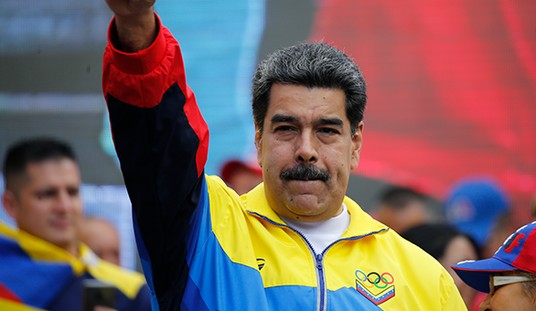When Gen. Asim Munir became Pakistan’s Army chief in November 2022, he inherited a country beset by political instability, economic fragility, and a volatile frontier in Khyber Pakhtunkhwa (KP). Rather than steering the institution back to its traditional role, Munir embarked on a project that fused military operations, refugee expulsions, and resource control into a single agenda. At its center lies KP, which is rich in minerals and strategically positioned. It is also home to millions of Pashtuns and Afghan refugees who have become the collateral damage of a militarised development model increasingly shaped by international demand.
The first step came in June 2023 with the creation of the Special Investment Facilitation Council (SIFC), a “one-window” body designed to fast-track foreign investment. By embedding the army chief at its apex, the SIFC has effectively placed Pakistan’s most powerful institution at the heart of economic decision-making. The council was pitched as investor-friendly, but in practice it has become the vehicle through which the military guarantees projects in mining, energy, and agriculture - precisely the sectors now drawing international attention.
Only months later, Islamabad announced the Illegal Foreigners Repatriation Programme (IFRP). Marketed as a security measure, it disproportionately targeted Afghans, uprooting tens of thousands of families from KP’s border districts. What began with undocumented migrants soon expanded to include semi-documented and even registered refugees holding ACC (Afghan Citizen Card) and PoR (Proof of Registration) cards. The expulsions reshaped the demographic landscape of KP, clearing ground in areas that became linked to investment corridors and resource extraction.
By June 2024, the military widened its footprint further through Operation Azm-i-Istehkam. Unlike the sweeping campaigns of the 2000s, this operation concentrated on selected districts overlapping with strategic transport routes and mineral-rich zones. On paper, it was a counter-terrorism drive. In reality, it tightened the army’s control over resource corridors, pushing civilians out of contested areas and making future extraction easier.
The shift became more explicit in April 2025 when the Provincial Assembly introduced the KP Mines and Minerals Bill, the law stripped KP of constitutional rights over its resources, transferring authority to Islamabad and the army-led SIFC. For local communities, it symbolised how their ownership of mineral wealth was being traded away in deals brokered by generals.
The military’s intentions were made brutally clear just three months later. In July 2025, the army launched Operation Sarbakaf in Bajaur. The offensive imposed curfews on entire towns and displaced nearly 100,000 civilians within days. Women and children were among those killed in the shelling. The event fuelled local fears that such operations serve less to combat militancy than to depopulate districts earmarked for resource corridors.
Barely a month after Sarbakaf, Munir flew to Washington for his second visit in as many months. The timing was striking. U.S. officials spoke openly about cooperation on critical minerals and hydrocarbons, highlighting interest in lithium and rare earth deposits in KP and Gilgit-Baltistan. These talks were not happening in isolation. Under its 2024 annual U.S. National Défense Authorization Act (NDAA), Washington set a goal of a 40% reduction in its mineral imports from China by 2030. That mandate has driven the search for alternative suppliers. Pakistan, with the army presenting itself as a guarantor, has positioned itself as a willing partner.
For Munir, the message to Washington was straightforward. Pakistan’s military can deliver stability and secure access to the resources that America needs to break dependence on China. For Washington, Pakistan represents not only a potential supplier but also a strategic hedge in a global contest over supply chains. But for the people of KP, this alignment has meant more military operations, more displacement, and deeper exclusion from decisions about their own land.
Viewed together, the trajectory is stark. The SIFC centralises economic power under the army. The IFRP clears Afghan populations from border districts. Azm-e- Istehkam and Sarbakaf militarize and depopulate targeted areas. The Mines and Minerals Bill rewrites ownership rules to align with foreign investor demands. Finally, Munir’s outreach to the U.S. situates KP’s resources within Washington’s strategic drive to cut its reliance on Chinese minerals.
For Islamabad and Rawalpindi, this strategy is presented as national progress, a way to attract investment, secure international relevance, and shore up the military’s standing. For Washington, it offers a potential foothold in the global minerals race. But for Pashtuns and Afghan refugees in KP, it has meant curfews, expulsions, lost livelihoods, and the slow transformation of their homeland into a resource corridor designed to serve generals and foreign powers, rather than the people who live there.
You need clarity, courage, and community. That’s what you’ll get with PJ Media VIP.
Join today with 60% off using the promo code FIGHT. You’ll get exclusive columns, podcasts, and the uncensored analysis the mainstream outlets don’t want you to see.










Join the conversation as a VIP Member